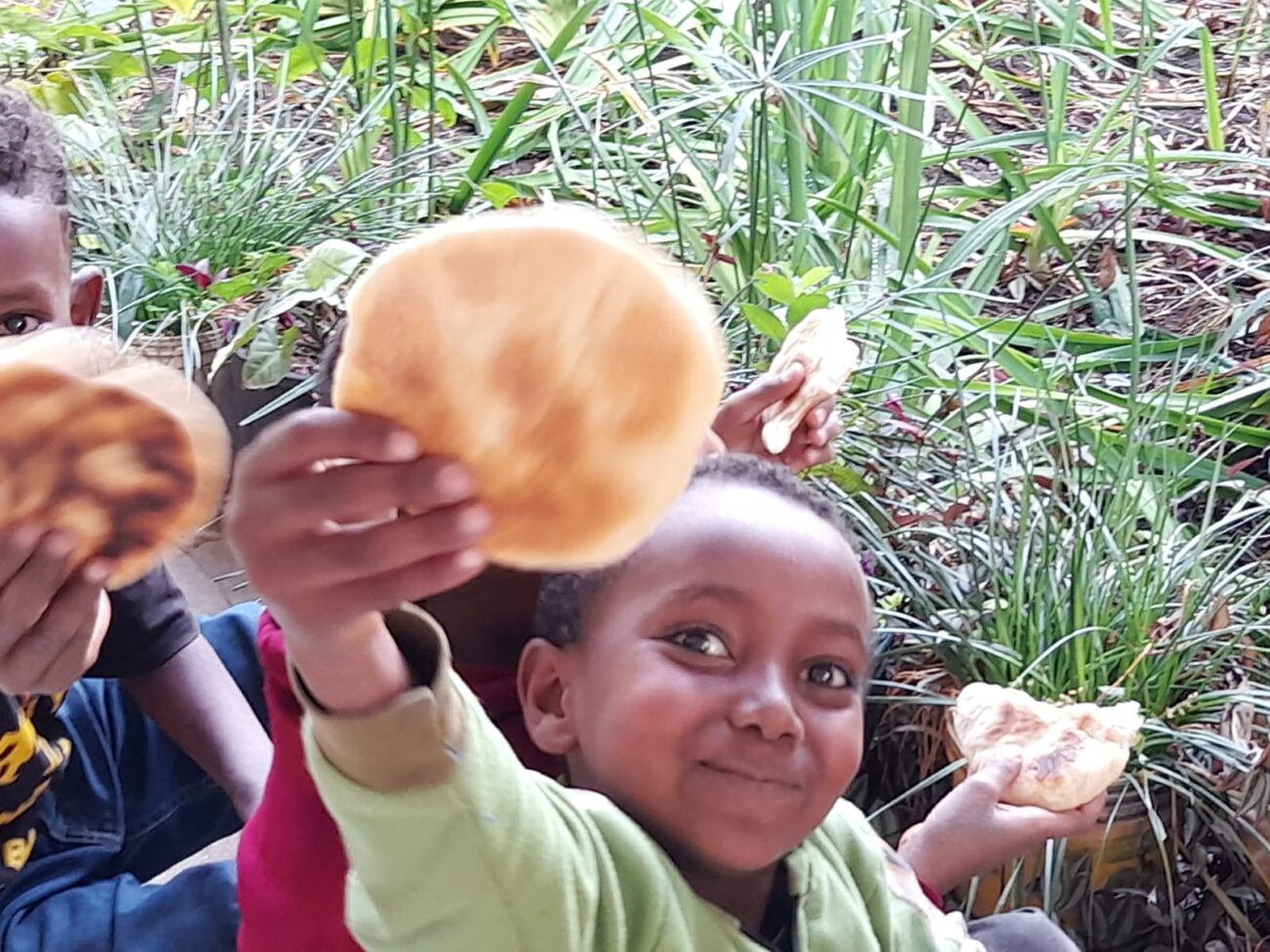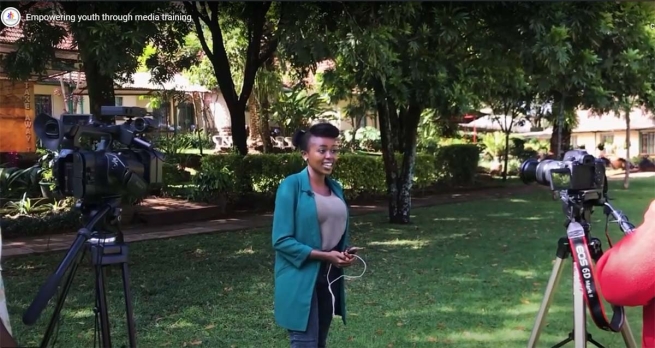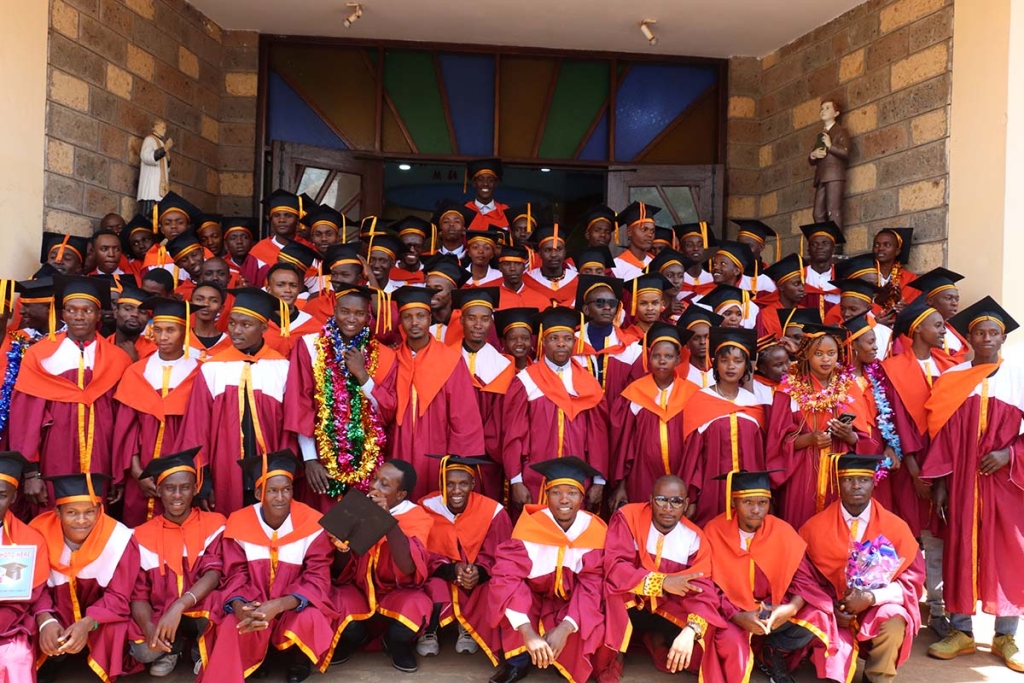SOMALIA: 4 Million People Currently in Crisis, United Nation Reports
(UNITED NATIONS – OCHA) According to the latest report by the Food Security and Nutrition Analysis Unit (FSNAU), 4 million people are currently in crisis nationwide—3 million in the south of Somalia. Of these, 750,000 people risk death in the next four months if efforts to respond to the famine are not scaled up.
To date, six areas in Somalia are in famine, namely Bakool, Bay, Lower Shabelle, Middle Shabelle, the Afgooye corridor IDP (internally displaced persons) settlement, and the Mogadishu IDP community, all of which are in the south. FSNAU warns that the food security situation could deteriorate further in the absence of a massive scale-up in interventions.
Coupled with famine are massive displacements both within Somalia and to neighboring countries. Partners report that, over the past weeks, more than 1,200 people are crossing into Kenya daily.
Many also use alternate routes through Diif and Degelema on the Somali side and Dhadag Bulla in Kenya. Significant numbers of IDPs in both locations on the Somali side of the border are in need of assistance. Estimates are that more than 917,000 Somalis now live as refugees in the four neighboring countries: Kenya, Ethiopia, Djibouti and Yemen. Approximately one in every three was forced to flee this year. Altogether, more than 1.4 million Somalis are displaced within the country, which means that a third of Somalia’s estimated 7.5 million people are displaced.
Not only is Somalia in need of greater access to food, but also safe water, sanitation, shelter and healthcare.
Somalia is facing outbreaks of cholera and acute watery diarrhea (AWD), malaria, measles and pneumonia, mostly in the south. Waterborne diseases are expected to increase with the onset of rains coupled with congested living conditions. Prevailing high levels of severe acute malnutrition (SAM) and under-5 mortality magnify the risk among the most vulnerable population.
The situation requires a massive, multi-sectoral response to prevent additional deaths and the total collapse of livelihoods. Improved access to food to address health/nutrition issues, complemented by access to water and sanitation together with measures to preserve productive assets are among the interventions needed most urgently. Humanitarian partners need to step up efforts to arrest further deterioration in a fragile situation that is expected to persist into 2012. The humanitarian community acknowledges the need to scale up its response and has made some headway, since the declaration of famine in July, in meeting needs by expanding the provision of assistance, particularly in the border areas with Kenya. However, security remains challenging, and incidents like the death of about 100 people in Ceel Waaq, Gedo region following heavy fighting between the Transitional Federal Government (TFG) and Al Shabaab forces on Sept. 11 are a clear example of the volatile environment in which humanitarian organizations continue to operate.
Beyond immediate food relief, partners are also working with governments and other agencies to strengthen the resiliency of communities in drought-prone areas by supporting smallholder farmers and those most vulnerable to changing weather patterns through livelihoods programs.
About Salesian Missions at the United Nations
SOURCES:
UNOCHA Somalia Famine & Drought Situation Report No. 13 (Sept. 14, 2011)




